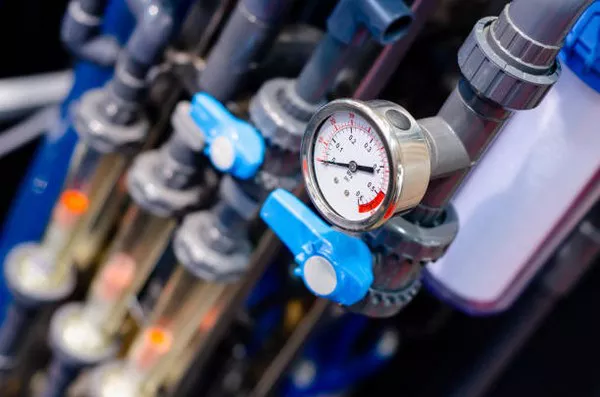A liquid barometer is a crucial instrument in measuring atmospheric pressure, providing valuable insights into weather patterns and changes. This sophisticated device, with its roots tracing back to the 17th century, has undergone numerous advancements in design and technology. In this article, we will delve into the intricate workings of a liquid barometer, exploring its components, principles, and applications.
Historical Perspective:
The liquid barometer’s history can be traced to the pioneering work of Evangelista Torricelli in the mid-17th century. Torricelli, a disciple of Galileo, conceptualized the idea of using a liquid to measure atmospheric pressure. He filled a tube with mercury, inverted it into a mercury-filled dish, and observed the mercury column’s height. The space above the mercury, void of air, indicated the pressure exerted by the atmosphere.
Components of a Liquid Barometer:
Barometric Tube: At the heart of a liquid barometer lies the barometric tube. Typically made of glass and sealed at one end, this tube plays a pivotal role in capturing changes in atmospheric pressure. The tube is carefully filled with a liquid, usually mercury or water, leaving a vacuum space at the top.
Reservoir: Below the closed end of the barometric tube, there is a reservoir that holds the liquid used in the barometer. The reservoir ensures a continuous supply of the liquid to the barometric tube, facilitating accurate pressure readings.
Scale: A calibrated scale, often graduated in millimeters or inches, is affixed alongside the barometric tube. This scale allows for the precise measurement of the liquid column’s height, providing a numerical representation of atmospheric pressure.
Working Principle:
The fundamental principle governing the operation of a liquid barometer is based on the concept of balancing atmospheric pressure with the weight of the liquid column. As atmospheric pressure varies, the height of the liquid column within the barometric tube changes accordingly. The relationship between pressure and column height is defined by Torricelli’s Law.
Torricelli’s Law states that the height (h) of a column of liquid in a barometer is inversely proportional to atmospheric pressure. Mathematically, this relationship is expressed as P = ρgh, where P is pressure, ρ is the density of the liquid, g is the acceleration due to gravity, and h is the height of the liquid column.
Mercury vs. Water Barometers:
While mercury has historically been the preferred liquid due to its high density and low vapor pressure, concerns about toxicity have led to the development of water barometers as safer alternatives. Water barometers operate on the same principles as mercury barometers, but with a lower density, resulting in a taller column for the same atmospheric pressure.
Applications:
Weather Forecasting: Liquid barometers play a crucial role in meteorology by providing real-time data on atmospheric pressure. Sudden changes in pressure can indicate impending weather changes, helping forecasters predict storms, high winds, or fair weather.
Altitude Measurement: Liquid barometers are employed in altitude measurement, especially in aviation and mountaineering. As atmospheric pressure decreases with altitude, the barometric readings help estimate the height above sea level.
Scientific Research: Researchers use liquid barometers in various scientific experiments, studying atmospheric phenomena and exploring the relationships between pressure, temperature, and weather patterns.
Quality Control: In industrial settings, liquid barometers are utilized for quality control purposes, ensuring that certain processes are conducted under controlled atmospheric conditions.
See Also What Are The Different Types Of Flow Meters
Conclusion:
The liquid barometer stands as a testament to centuries of scientific innovation and discovery. From Torricelli’s groundbreaking experiment to the modern applications in meteorology, aviation, and industry, this instrument continues to be a valuable tool for understanding atmospheric pressure. As technology advances, liquid barometers are likely to evolve, providing even more accurate and reliable measurements for scientific and practical purposes. In essence, the liquid barometer remains a timeless instrument, bridging the gap between the past and the future in our quest to comprehend the complexities of the atmosphere.

